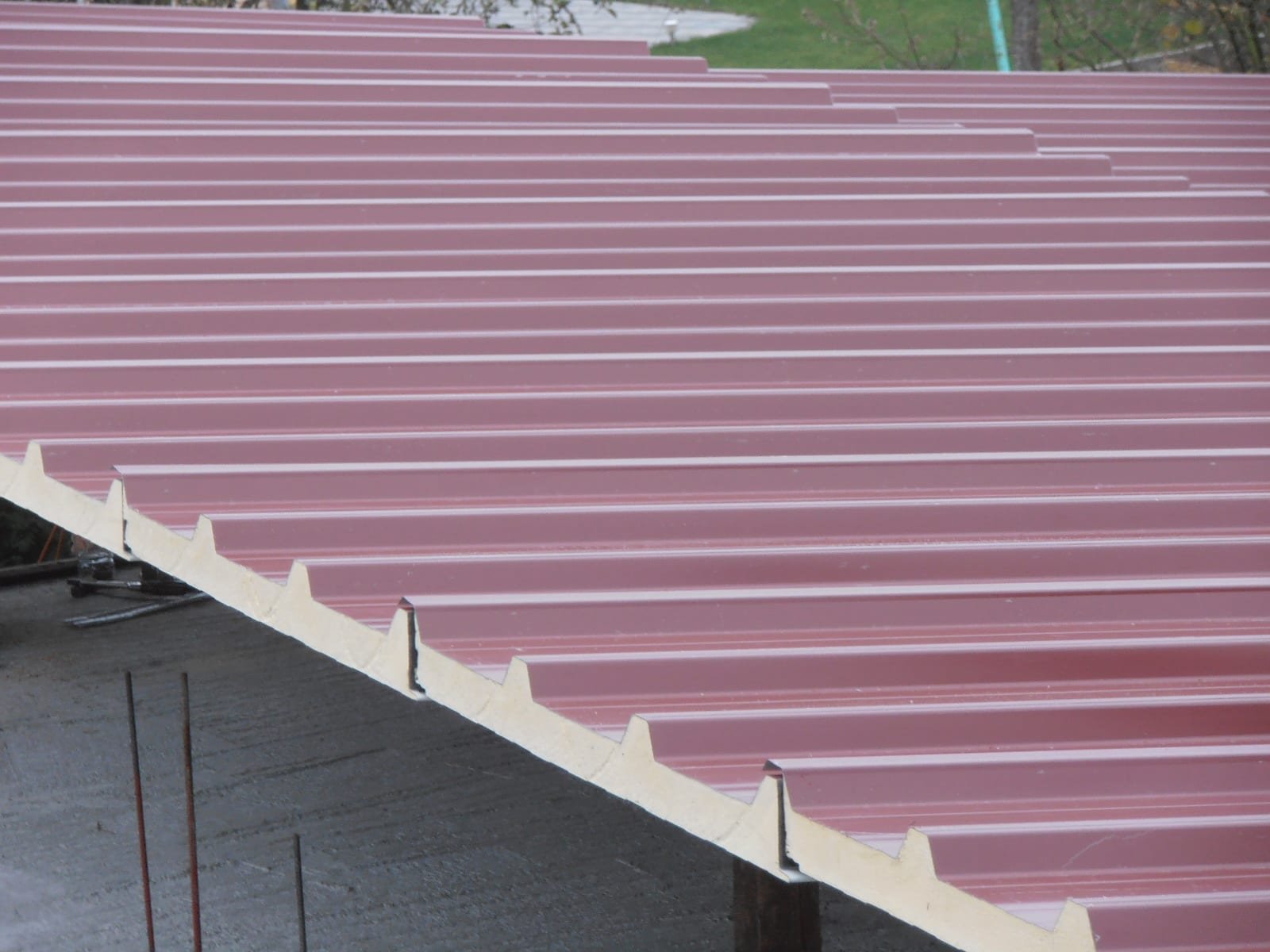By Charlie Brown
Structural insulated panels (SIPs) have become a popular choice for building high-performance structures in institutional, industrial and commercial projects. They are made form a layer of XPS, EPS or polyurethane foam covered on both sides by oriented stand-board panels. SIPs can offer R-values of 14-58 for roofs, walls and floors depending on their composition and thickness. You can have them built according to specifications, resulting in some labor savings and reduced material wastage.
If you’re working with SIPs for the first time, here are some tips that you can benefit from:
- Plan ahead for equipment and electrical fittings
Since structural insulated panels in Spokane area are often built according to project specs, it helps to plan for your electrical chases so that you don’t waste time and resources in pre-installation modifications once on the ground. This is also the time to consider whether you’ll need any equipment for panel installation. If panels exceed eight feet in length and width, you’ll probably need cranes or forklifts.
- Organize panels
Installation will be easier and faster if you’ve arranged for proper weather protection, storage and handling of the panels. They should be stored on a level surface at least three inches above the ground. Arrange panels in the order in which they will be installed, e.g. ground floor panels above first floor panels, and ensure they’re covered using breathable tarp to protect them from moisture.
- Ensure tight sealing
SIPs must be supported fully during installation – usually, panels slip over the wall plate, which must be set 0.5 inches from the edge of the building to ensure total support. In addition, ensure the panels are set in place in proper order: start with the valleys or corners working outwards. After installation, all voids and panel joints must be sealed completely using SIP tape or adhesive to reduce air leakage and promote longevity of the structure.
- Protect from water
After installation and sealing, install weather protection like house-wrap to prevent deterioration from water exposure. Be sure to follow the house-wrap manufacturer’s guidelines in installation, and ensure all penetrations are flashed. With time, you’ll find windows leaking water on the sills. Use flashing around and under the units to direct this water from the SIP wall structure.
- Size your HVAC
Finally, a common mistake with starters is underestimating the high air-sealing and insulation properties of SIPs and not considering this during HVAC system selection. When you’re getting a HVAC unit, enlist the help of a HVAC contractor and ensure that their calculations account for the lower air infiltration and better insulation of SIPs. This is critical because if you select too big a unit and it ends up being underused, the unit will start short cycling, which uses more energy and causes faster deterioration of the unit.
Of course, other criteria must be considered when sizing your HVAC, including building orientation in relation to the sun, structure size (floor by floor analysis should be conducted), R-value depending on type of wall system construction, location of ducts and specifications of doors and windows (number, location, fenestration rating, and insulation value).
Author Bio: Charlie Brown is a freelance content writer. He has written many articles on technology, fashion, beauty, lifestyle, career, travel, health, etc. He has great experience in the field of writing. In his free time, he loves to spend more time in sharing his knowledge with his friends.charliebrown1433@gmail.com
If you would like to submit a guest post on food, wine or travel to Where and What in the World, I would be happy to feature your travel experience , drink, special wine tasting, or family or simply delicious recipe. If you go to submission tab, you will see how to submit, as well as have the opportunity of telling me if you would like to would like to be a regular contributor. When uploading a file for submission, you are also able to upload jpgs. Please feel free to put a last paragraph about you and a link to your profile. No html please. You can also include a head shot.














